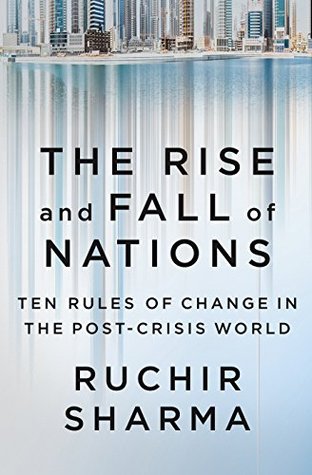Rather than investing in ways to help contain inflation, India was spending in ways that made its economy exceptionally vulnerable to inflation. Trying to protect people from the effects of the global downturn, it threw money at populist schemes that tend to push up both wages and prices, including an expensive scheme to guarantee at least one hundred days of paid work to every poor rural household, and another to bolster farmers’ incomes by buying wheat and rice at artificially high prices. These programs encouraged Indians to stay in their villages rather than move to factory jobs in the
...more
Welcome back. Just a moment while we sign you in to your Goodreads account.


